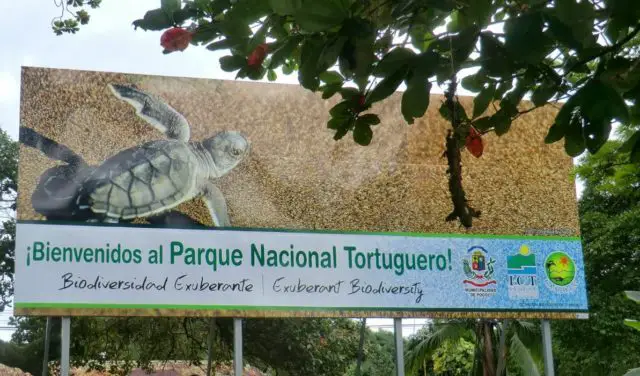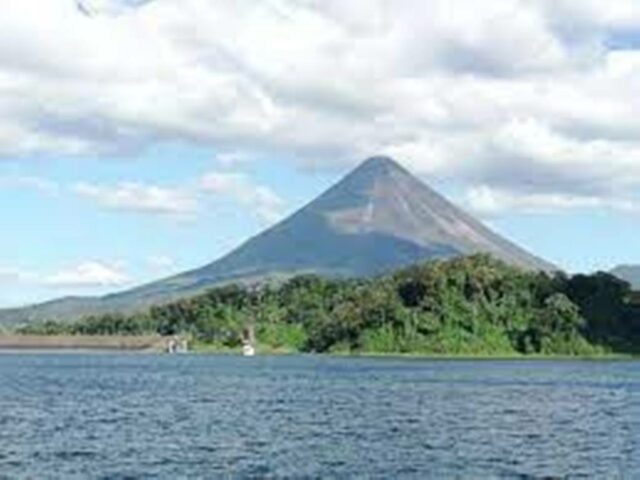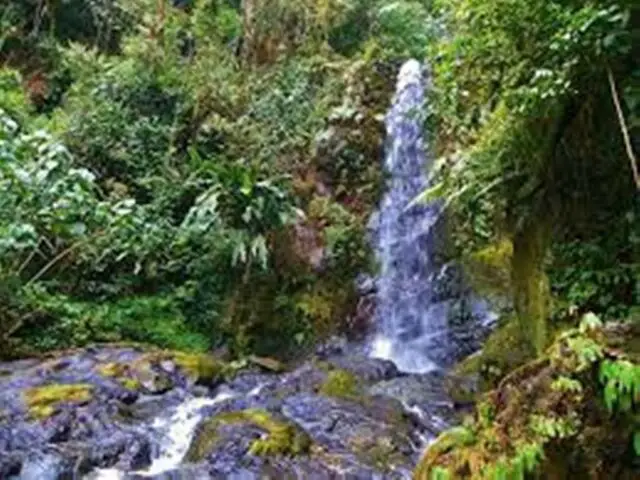Costa Rica is the Latin American paradise for ecotourism and outdoor adventure. One thousand two hundred and ninety kilometers of coastline, volcanic lakes, whitewater rivers, pre-Hispanic mysteries, forests shrouded in mist and territories that are home to half a million of the world’s species.

Surfing paradise
With miles of white sand beaches and giant waves, Costa Rica has become one of the favorite destinations for surfers to practice this sport. After all, the country is considered the third most popular destination for surfing after Hawaii and Indonesia for its excellent beaches and waves, pleasant weather, warm waters, reasonable prices and friendly people.
Experts say that on the west coast are some of the best waves in the world. There are good breakers for novices and plenty of waves to ride, including the second longest left in the world at Pavones.
Known as a surfer’s paradise, Pavones is a small community located along the southern coast of the Costa Rican Pacific. The best time to visit and surf is during the rainy season, which runs from April to November.
Costa Rica is one of the few countries where two great oceans are only six hours apart. This makes it possible to surf the Pacific at dawn and end the day taming the Atlantic waves at sunset – without a doubt the perfect paradise for surfers!
Tortuguero Park or the «little Amazon»
Upon reaching the eastern coast, bathed by the Caribbean, we find one of the most emblematic national parks in Costa Rica: Tortuguero. Known as the ‘little Amazon’, this reserve is the main green turtle hatchery and one of the most humid corners of the country. The nesting of turtles on the beaches is the main reason why many visit Tortuguero. However, howler monkeys, frogs and green iguanas, crocodiles, majestic birds and imposing tarpons and manatees also live in this national park. In addition, the gaspar fish inhabits its waters, which is considered the last one a living fossil due to its appearance.

The famous Tortuguero canals were created in the 70s to connect a series of lagoons and rivers, leading to river navigation between Limón and the coastal towns. Swampy lagoons, swamps and flooded forests are part of the range of diverse habitats that this park has.
If there is a place where the exuberant nature embraces the visitor, it is Tortuguero. But this place is not just vegetation. Being in the Caribbean, it is one of the largest regions of Afro-Caribbean culture in the country. Most of its population has Jamaican origin and maintains its traditions, which makes Tortuguero a very interesting place to know from a cultural and ecotourism point of view.
Land of volcanoes
As part of the Pacific Ring of Fire, Costa Rica’s volcanoes are among the most amazing in the world. Despite not being a very wide country, the number of volcanoes in Costa Rica reaches 112. Some of them are national parks that protect interesting natural environments.

One of these is the Arenal volcano, considered among the 10 most active volcanoes in the world by scientists although no one would say so judging by the peaceful views and the surrounding blanket of mist. The last major eruption of the Arenal volcano occurred in 1968 and its hot springs are now one of the area’s top attractions, along with its beautiful scenery and adventure activities.
Thousands of adventures and a lots of adrenaline
Speaking of adventure sports, the great inland natural park on the slopes of the Arenal Volcano is also the kingdom of the zip line in Costa Rica. The Monteverde cloud forest is the best place to practice it.
On the other hand, whitewater descent is another essential adventure in Costa Rica, the Sarapiquí Valley being a paradise for rowing and rafting with excellent ecological accommodations. Ideal to wake up next to the local fauna.
In addition, Costa Rica is also the perfect place for diving enthusiasts. The country’s Pacific coast was considered by Rodale’s Scuba magazine as one of the top five destinations for advanced diving due to its underwater treasures. Most of these places belong to protected areas such as the famous Cocos Island National Park, also considered a World Heritage Site and “the most beautiful island in the world” according to the famous French oceanographer Jacques Cousteau.
The pre-Hispanic mysteries of Costa Rica
In 2014, Unesco declared the settlement of the five hundred petro-spheres found on the Pacific coast of Costa Rica, in the Diquís delta, a World Heritage Site. It is believed that they were created between 400 BC. and Hispanic colonization of Costa Rica.
They are known as the spheres of Costa Rica and are unique in the world for their number, size and perfection. Most were found in the South Pacific and constituted an important element for these societies as their production spanned nearly a thousand years. They have been said to be remnants of Atlantis or the work of aliens. It is known that they were carved in stone but it is unknown how they were moved, since they weigh almost 25 tons.
Knowing San José
The cultural, economic and political heart of Costa Rica is in San José. The country’s capital has numerous places of interest for visitors to explore. Among the most representative sites are the National Museum of Costa Rica, the Pre-Columbian Gold Museum, the Metropolitan Cathedral of San José and the National Theater. Without a doubt, it is worth spending a few days in San José to get to know its urban landscape, its refined restaurants, its nightlife and its street art.
La Amistad National Park
La Amistad International Park is the largest natural park in Costa Rica with about 200,000 hectares, the most remote and perhaps one of the least known. It was created jointly by the governments of Costa Rica and Panama in 1982, which explains the name La Amistad (the friendship). Its enormous cultural wealth and extraordinary natural habitats made the park also designated a Biosphere Reserve and World Heritage Site.

Numerous endangered species such as the jaguar live in La Amistad Park along with other species of birds, amphibians, reptiles and mammals. In fact, some of them only live in this great rainforest.

